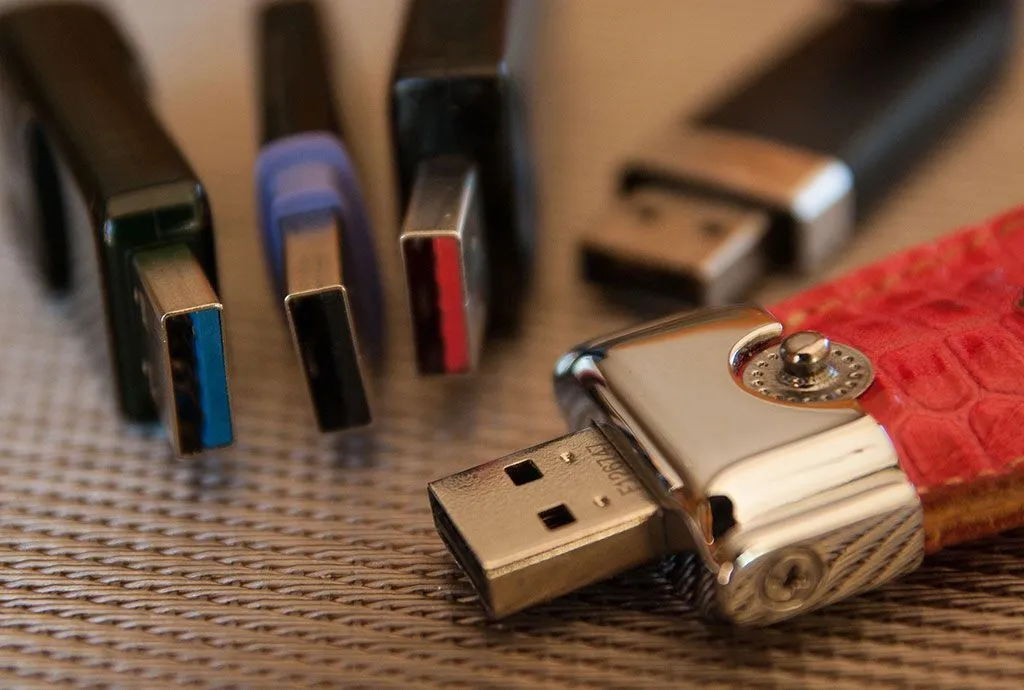USB inventor explains why the connector was not designed to be reversible
USB inventor explains why the connector was not designed to be reversible

Someday we'll look back and laugh (or cry) at our early USB struggles.

USB inventor explains why the connector was not designed to be reversible

Someday we'll look back and laugh (or cry) at our early USB struggles.

You're viewing a single thread.
It’s not an issue of not being reversible. The problem is that it is symmetrical without being reversible. HDMI and DisplayPort are much less annoying. Even USB Type B (printer cables) is relatively easy to figure out orientation for.
So micro and mini usb are superior!
Mini is fine. Micro is very close to being symmetrical that it might as well be. For cables that small, reversible is the way to go.
My biggest problem with those was that mini didn't have a strong enough friction fit and would become loose easily, and micro would wear down and break so easily. Luckily it seems that USB C has all the right qualities. It's symmetrical but reversible, it's durable, it clicks into place well, and it's form works well on desktop, laptop, and mobile equally.
I actually think that a big part of the problem isn't reversibility or symmetricality, it's that that the ports themselves are not designed in a way that easily accepts the cable blind, and I think the best example of the way it should be is probably the SCOMP link. Or for those of that aren't super nerds, the star wars connector that R2 uses to stop the trash compactor, amongst other things.
Look at that thing. R2 could be stumbling around drunk after a weekend droid bender and still find the target. Now, I'm not saying that it should be that large, but imagine fi the receiving port had a 1-2mm meniscus like curve that allowed you to find the target more easily, especially combined with a modern cable like USB-C. If we just look at the physical shape of the connectors, I think Lightning actually got this more correct than just about anyone else - look at a Lightning connector, and the male end has a very small curve on the sides of the connector to make it easier to actually get into the port. The female end also has a very subtle version of the thing I'm talking about.
I think a real life connector should have a slightly more prominent version of this, especially if it's going to be the one connector for literally everything. Like, plugging into the back of a monitor or PC you can't quite reach or TV or something should be an easy no-look operation. I've ton tech support for decades, and there is basically no connector that doesn't absolutely suck shit to try to plug in if you can't actually see it. I want to be able to throw it from across the room and still have it stick though.
For more on this topic, buy a coffee in a DT in a place that has to hold the reader out for you. Your dumb meat body is holding the card and moving slightly, the dumb meat body of the person taking the payment is moving slightly, so you end up try to jam the chip in a way that makes you both feel like you have a stack of learning disabilities. It's just bad design.
So a headphone cable?
Honesty, kinda? There are challenges to the connector when you introduce more connections than just tip-ring-sleeve, but the general vibe of it is pretty close.